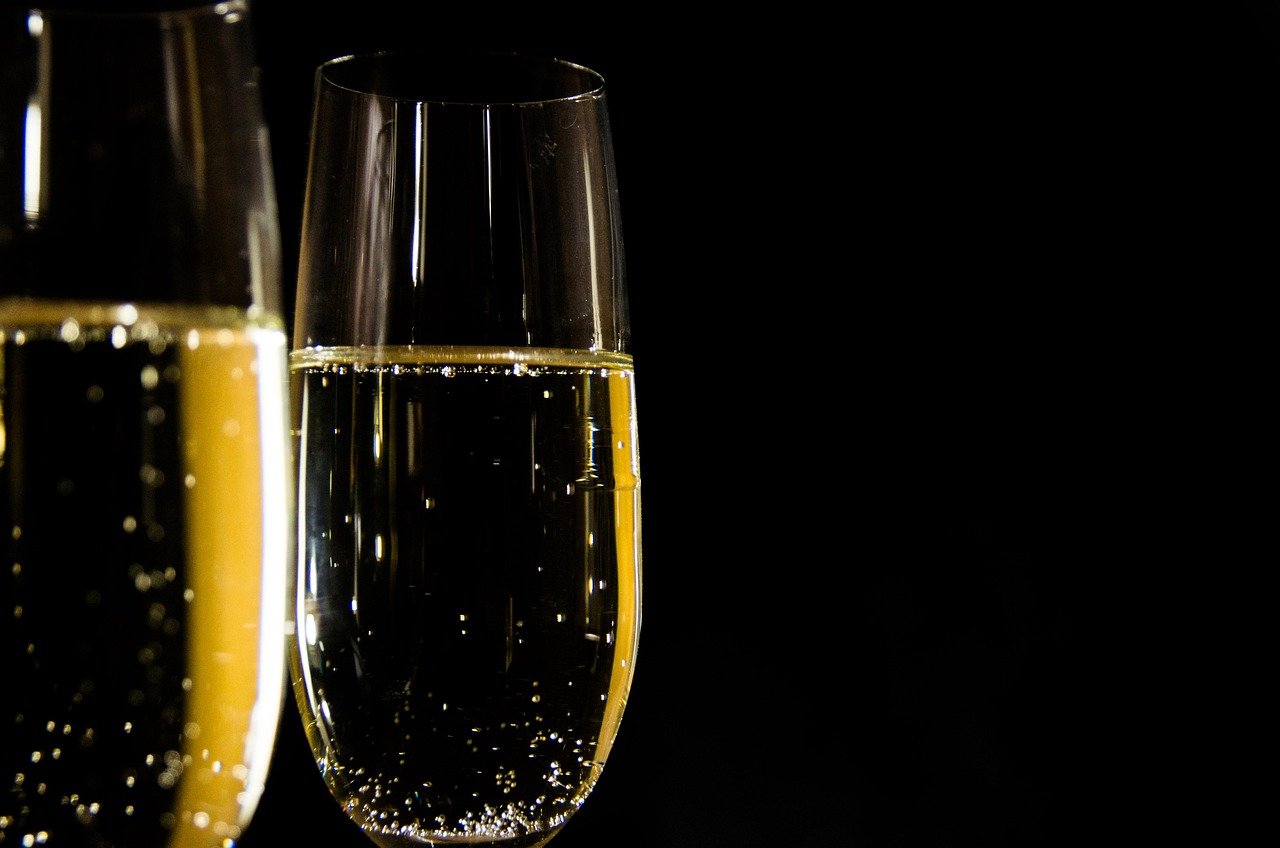
When we make a champagne toast, we’re probably not thinking about the scientists who put the bubbles there. But in the heart of the champagne region in France are scientists who make up the Effervescence and Champagne team at the University of Reims Champagne-Ardenne . Who knew?
Making champagne requires a second fermentation inside the sealed bottle after the addition of yeast and sugar forms high-pressure carbon dioxide along with ethanol. The oldest confirmed report of sparkling wine is in the mid-16th century when Benedictine monks in the Abbey of Saint-Hilaire in France accidentally bottled a still wine with residual sugars and active yeast before the end of its fermentation.
Sparkling wine requires at least 1.2 grams of carbon dioxide per liter. Proteins in the wine stabilize the smaller bubbles that make up the foam at the top of a glass. Immediately after pouring champagne into a glass, the dissolved CO2 concentration drops depending on the wine temperature, bottle type, glass shape and how it’s poured. Pouring it straight down the flute loses more gas than a gentle pour down the side. Etched glass or soap residue also depletes bubbles.
Bubbles look great and act on the tongue’s receptors to achieve the mouth feel. Bubbles also help over a thousand volatile organic compounds in the wine evaporate releasing aroma and flavor. So much tradition and art goes into the production of fine champagne, and science may help us perfect that art.
More Information
Recent Progress in the Analytical Chemistry of Champagne and Sparkling Wines
The strong interplay between the various parameters at play in a bottle and in a glass of champagne or sparkling wine has been the subject of study for about two decades. After a brief overview of the history of champagne and sparkling wines, this article presents the key steps involved in the traditional method leading to the production of premium modern-day sparkling wines, with a specific focus on quantification of the dissolved CO2 found in the sealed bottles and in a glass.
Have scientists cracked the best way to drink champagne?
In a laboratory in the heart of France's wine country, a group of researchers carefully positions an ultra-high-speed camera. Like many good scientists, they are devoted to the practice of unpicking the Universe's secrets, seeking to describe the material world in the language of mathematics, physics and chemistry. The object of their study: the bubbles in champagne.
Champagne Wine Map
his map provides a detailed overview of the Champagne wine region of France, outlining its sub-regions, major cities, and notable areas such as Côte des Bar, Montagne de Reims, and Côte des Blancs, among others.